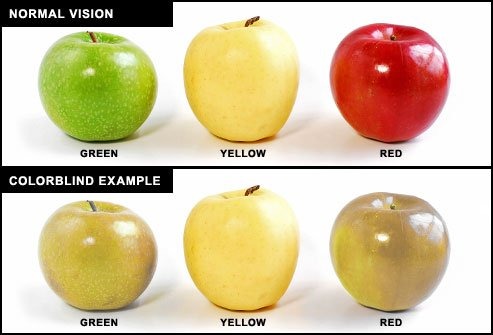IJCH - Inside JaiChai's Head
(Meaning: My Warped, Personal Opinions and Musings)
From the Author:
Salutations.
I am JaiChai.
And if I haven't had the pleasure of meeting you before, I'm delighted to make your acquaintance now.
I invite you to interact with everyone, learn, and have as much fun as possible!
For my returning online friends, "It's always great to see you again!"
The Human Eye and Vision - Dusting Off Old Brain Cells (or How I Still Love Teaching!) -
I used to be an Aviation Medicine and Aerospace Physiology technician in the military.
In charge of Flight Medicine for my unit, my duties included eye exams, vision tests and refractions for the pilots and aircrew of my unit.
BTW, performing eye exams in those days, especially in an operational setting, really sucks!
Usually, all I had available was an ancient opthalmoscope, soon-to-be-expired tetracaine (anesthetic eye drops) and a clumsy schiotz tonometer - a device placed directly on a numbed eyeball to measure IOP - intraocular pressure.
Needless to say, IOP measurements via a tonometer in the field or onboard ship often resulted in painful corneal abrasions that weren't felt until the tetracaine wore off.
Anyway, if I remember correctly...
Color Blindness -
Partial or total inability to perceive color (color deficiency and color blindness, respectively) is due to photopigment abnormalities in the cone cells (one of two kinds of photoreceptor cells in mammalian retinas).
It is normally due to heredity, but can be caused by trauma and exposure to caustic chemicals.
Genetically based color deficiency and color blindness is much more common in males since it's manifestation is recessive in nature (meaning: if one dominant gene is present, the condition does not manifest) and carried on the X chromosome.
The other type of photoreceptor cell in the retina is called the rod cell.
Although rod cells are much more sensitive to light, they are incapable of distinguishing color. Consequently, rod cells are employed in dimly lit to almost dark settings (dusk, twilight, dawn).
To remember which cell did what, I was taught in the military this phrase:
"For the lucky ones, the rods come out at night."
Neat facts:
Similar to various types of insects, dogs and cats may have ultraviolet vision.
The majority of snake species (especially those in the constrictor category) can see in the infrared spectrum.
I should stop here with this Anatomy and Physiology lecture, no?
Thanks for letting me dust off some old brain cells.
Damn! I miss my teacher, instructor, "absent-minded professor" days!
By JaiChai
Thanks for stopping by.
Truly hope to see you again!
About the Author
Believing that school was too boring, he dropped out of High School early; only to earn an AA, BS and MBA in less than 4 years much later in life – while working full-time as a Navy/Marine Corps Medic.
In spite of a fear of heights and deep water, he performed high altitude, free-fall parachute jumps and hazardous diving ops in deep, open ocean water.
After 24 years of active duty, he retired in Asia.
Since then, he's been a full-time, single papa and actively pursuing his varied passions (Writing, Disruptive Technology, Computer Science and Cryptocurrency - plus more hobbies too boring or bizarre for most folk).
He lives on an island paradise with his teenage daughter, longtime girlfriend and three dogs.